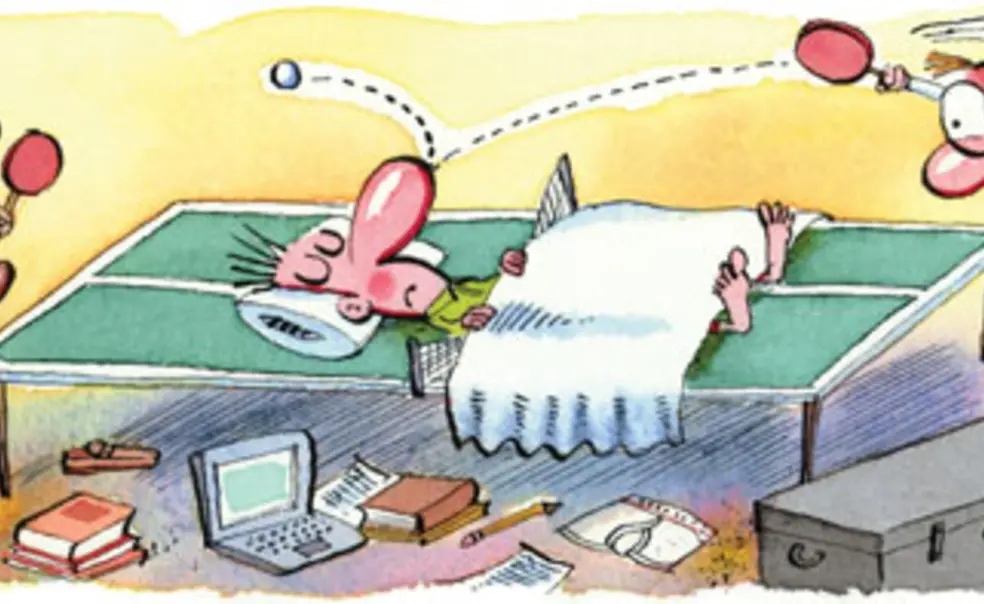Converting lounges into dorm rooms, Princeton squeezes in 53 extra frosh
The need to house an extra 53 students in this year’s entering freshman class has claimed social spaces in three residential colleges.
In Whitman College, nine of the 12 lounges have been converted into singles and doubles to help accommodate the larger-than-anticipated class, and Whitman’s seminar and game rooms were converted into triples.
Three Forbes College lounges were converted into triples, and the third floor of Wilson College’s Wilcox Hall — which had served as dorm space before its conversion to other uses — is now providing rooms for 13 students. Housing also doubled the capacity of a dozen of the larger singles in Forbes and Whitman.
“Before converting any activity space to bedrooms, we made sure there were other venues available for that activity,” the manager of undergraduate housing, Angela Hodgeman, told The Daily Princetonian.
The physical changes required were modest, University spokesman Martin Mbugua said. “Construction consisted mostly of changing furnishings, lighting, and doors in rooms that had already been configured for potential use as dormitory rooms,” he said.
While one student complained on the Princetonian’s website that the changes would “ultimately force even more Whitmanites to spend the bulk of their time outside their dorms,” a member of the Whitman College council disagreed.
“No one uses the lounges to socialize, and the game room has been shut down for a while,” said Michael Jiang ’13, a three-year resident of Whitman. “If anything, adding more people may improve social life,” he said.
The target number for the freshman class was 1,308 students, about the same as last year’s. But more students accepted Princeton’s offer than anticipated, and the University expected that enrollment this month would exceed the target by 53 students. Mbugua said the over-enrollment could be linked to the return of early admissions: 86 percent of those admitted by early action decided to attend. That contributed to an overall yield of 66.7 percent, compared to last year’s 56.5 percent.
“The University didn’t consider this a problem per se, as it’s evidence of how desirable a Princeton education is,” said Daniel Day, director of news and editorial services.
Asked if the size of this year’s freshman class could lead to a corresponding decrease in the number of spots available for next year’s class, Day said it would be “premature to comment.”













No responses yet